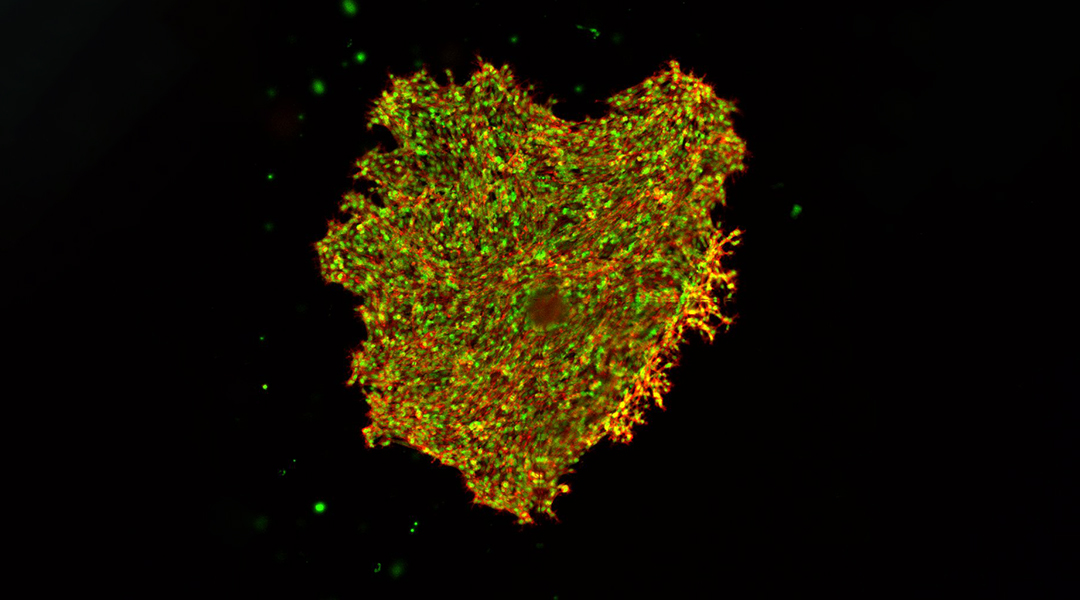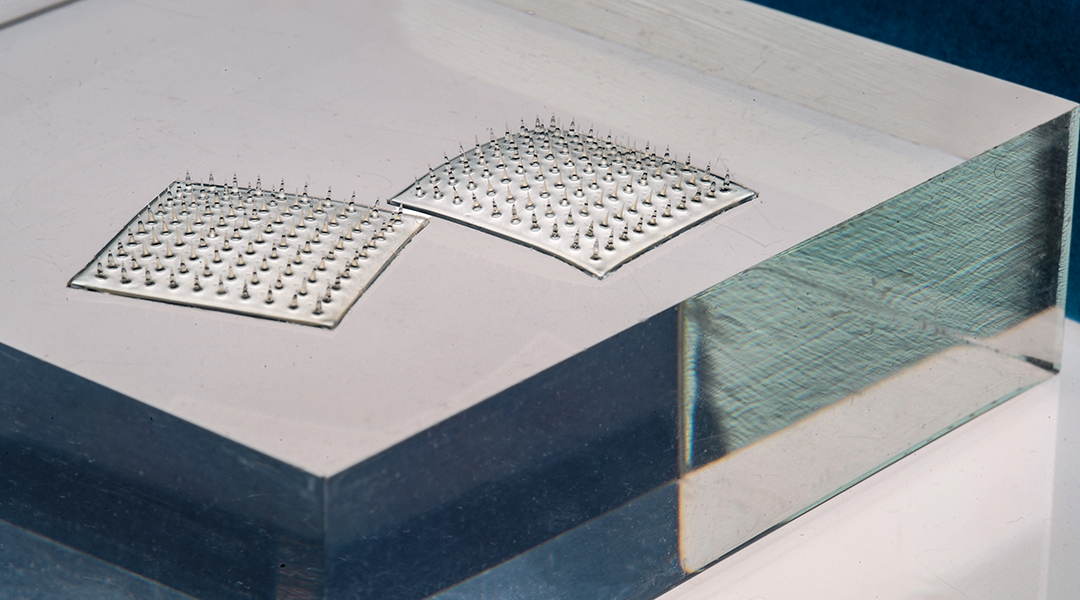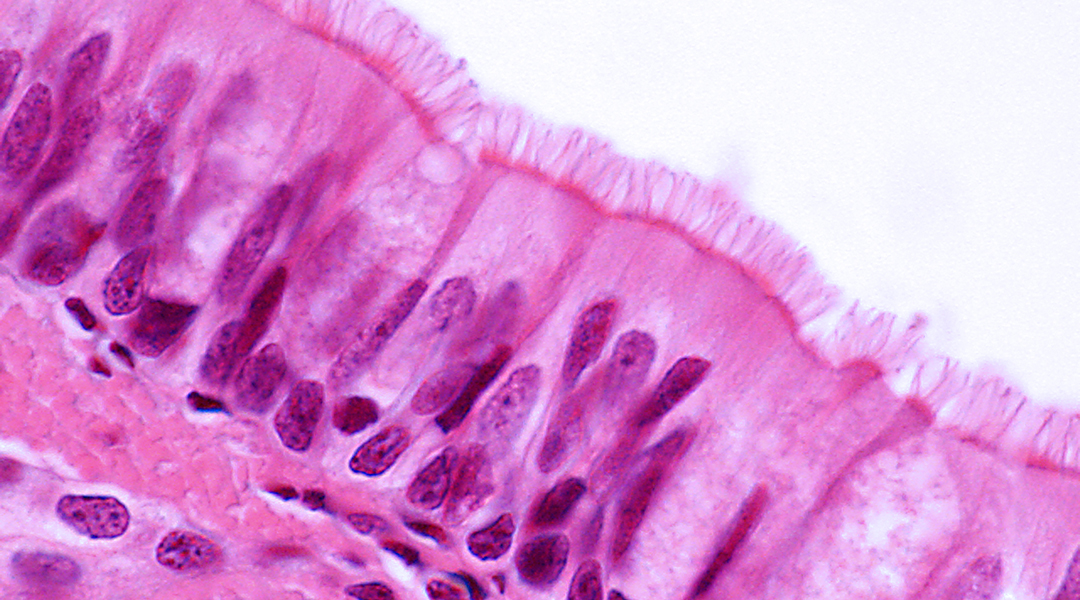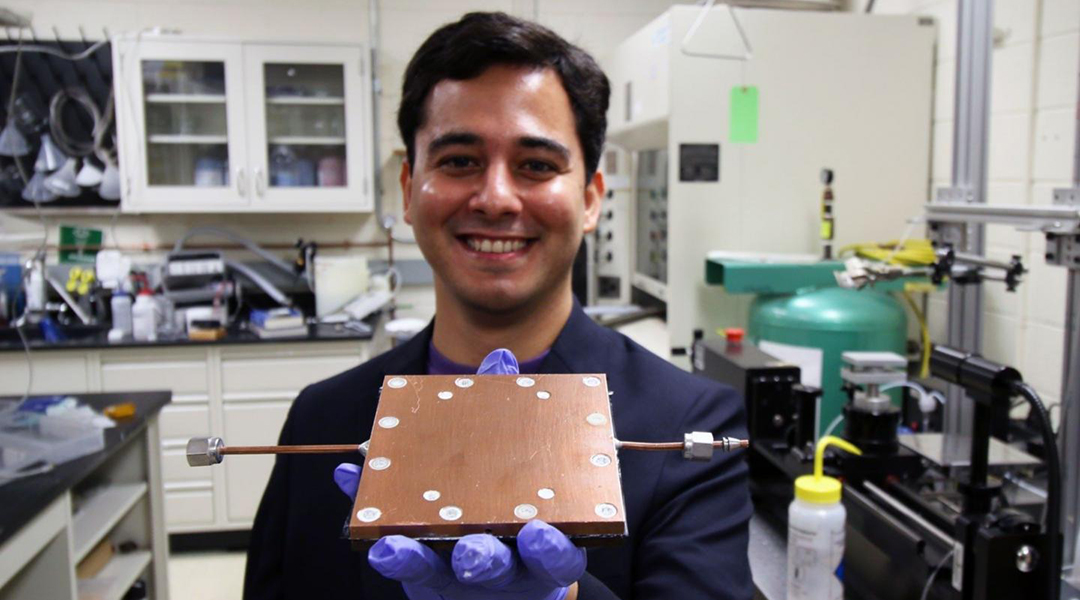Researchers engineer a hydrogel that recapitulates biophysical changes in the tissues surrounding tumors to investigate how stiffness impacts the mobility of invasive and non-invasive cancer cells.


Researchers engineer a hydrogel that recapitulates biophysical changes in the tissues surrounding tumors to investigate how stiffness impacts the mobility of invasive and non-invasive cancer cells.

Czech researchers developed self-propelled microrobots that decompose complex solid pollutants, such as single use and disposable textile fibers.

Food-safe microneedles incorporated into a new smart label can effectively collect samples from packaged food and inform consumers about its quality in real time.

Damaged trachea can now be regenerated and customized with the help of engineered biomaterials, replacing the need for prosthesis.

A breakthrough diode overcomes limitations in thermal heat management for better electronics and advanced spacecraft materials.

Scientists have found a way to repair damaged peripheral nerves using engineered biomaterials that better support platelets.

Researchers integrate the elements needed for electronic filters into a single, self-assembling component.

Researchers develop a reusable filter paper made from titanium dioxide nanowires that is capable of trapping and killing pathogens like the SARS-CoV-2 virus.

Scientists apply a versatile new strategy to develop solid−hydrogel hybrid materials to regrow tissue.

Scientists design a stretchable, adhesive, self-healing material that can change color as a result of movement for real-time motion sensors.